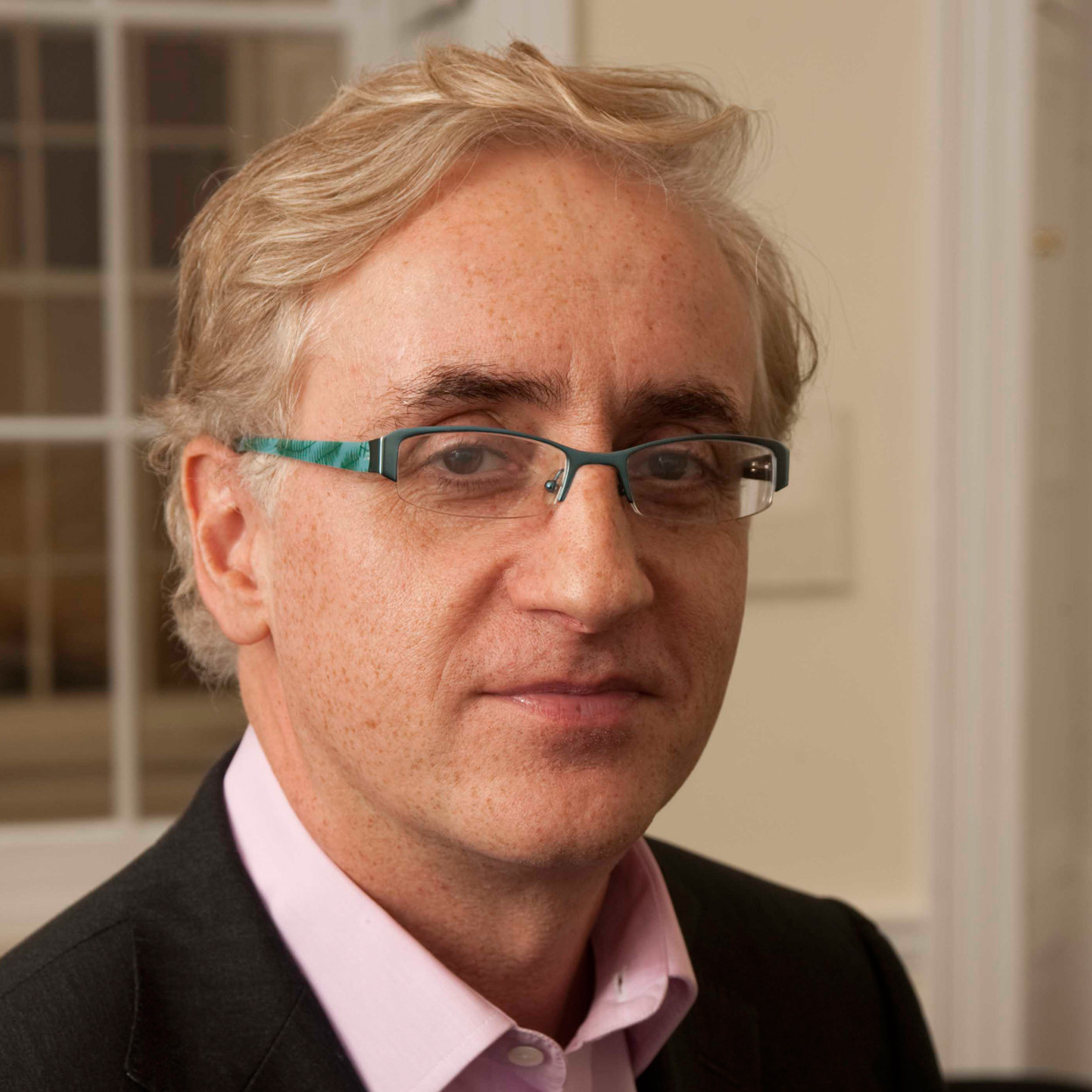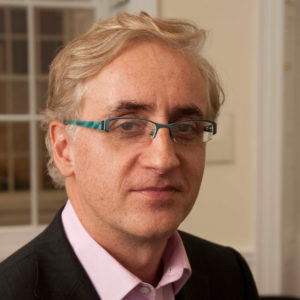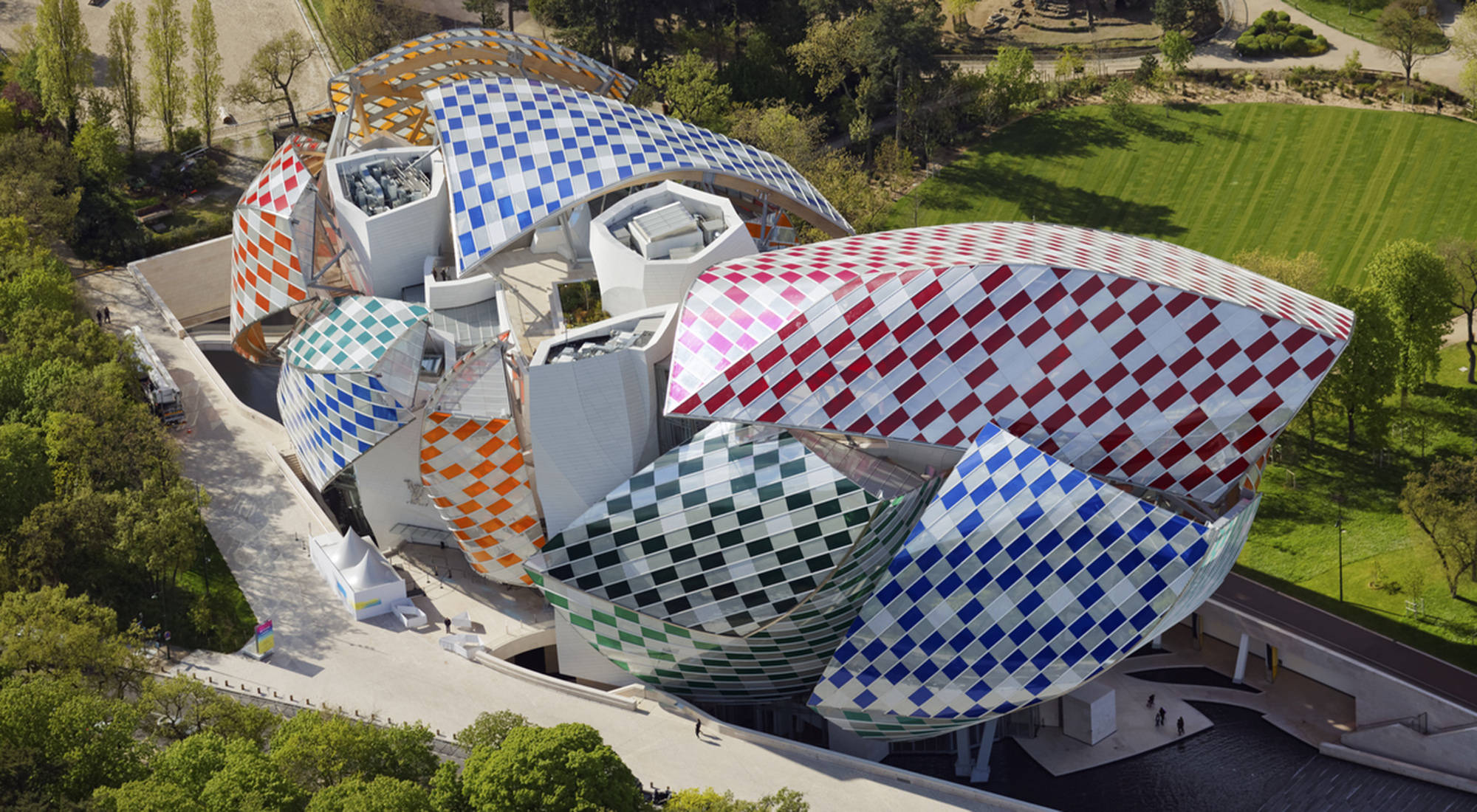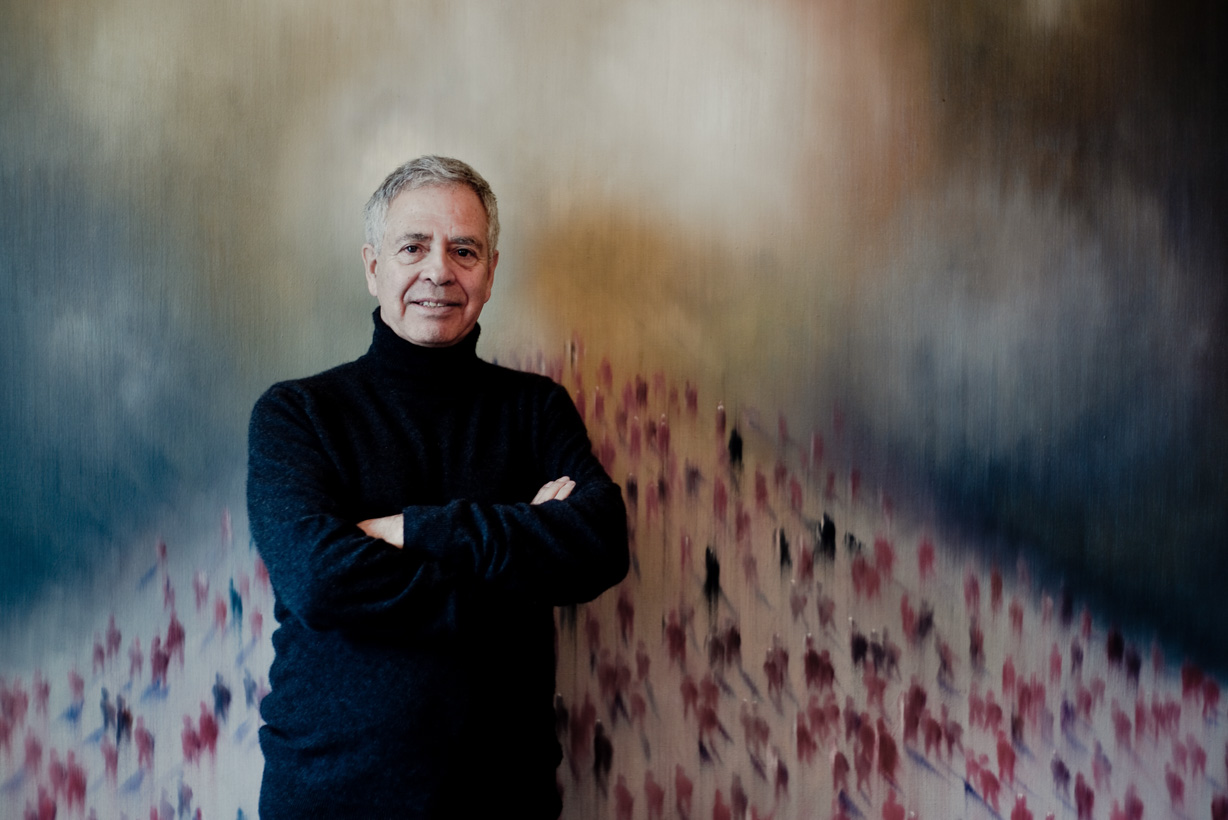Ian Robertson on art business and pricing in contemporary art

As part of the first Synergy Compaction Forum international art market expert, head Sothebyʼs Institute of Art Ian Robertson spoke briefly and succinctly about modern mechanisms of art market functioning, and we added several observations to his developments.
Today the art market has one of the most high capitalization rates. It has grown more than 50 times over the past 50 years! Art is a commodity with symbolic value, defining it market price. For sale not a material object (object of art), but that the symbolic capital that he possesses, i.e. the unique and prestigious information that he carries, thanks to which the symbolic capital of the buyer will increase. Many businessmen now include investments in art in their investment portfolio, which require knowledge of the specifics of the art market. In addition, the role of visual communication in the world is growing, more and more young people are aiming to make a career as an artist or a career in any creative industry.
Which artists are worth buying and how can an artist become famous?
Robertson began his speech by demonstrating his scientific developments, namely the four-step pyramid of the eco-system of the art market. It’s simple: after going through three stages of study and primary formation (DELTA -› GAMMA -› BETA) through confirmation of his artistic and business achievements by the art market, a modern artist, being at the zenith of his career, is at the stage ALPHA receives, in addition to the private sector, recognition from the state (public) sector of the economy. It is invited to be exhibited in government institutions, purchased by museum collections and exhibited along with recognized masterpieces, but maintaining this kind of “authority” must be done through thoughtful marketing and branding campaigns. Exactly such artists the art market “fits” into the history of art, collectors should take a closer look at such “career artists”, anticipating or sponsoring their development within the framework of approval by the necessary art institutions, if the collector views art as an investment. But the price for such artists is unstable; interest in creativity must be constantly maintained and still contain a genuine original idea and skill. Fame and price do not always come during the lifetime of the master. Often enterprising art dealers or art connoisseurs “discover” stars after death.

What makes up the price of a piece of contemporary art?
The price of a piece of contemporary art consists of symbolic value, confirmed by global players in the art market and government (public) institutions. The artist’s skill, the cost of his work (conventionally, man-hours), decorativeness (the beauty of a work of art), the internal content of an art object and the cost of materials have lost their determining significance.

Key players in the art market
Among the most important players in the art market, whose approval the artist needs in order for his symbolic value to grow on the art market, are well-known gallerists and art dealers of international level (gagosian, Pace gallery, Perrotin, David Zwimer etc.), art fairs (Art Basel, Frieze, FIAC, The Armory etc.), Biennale of Art (Venice Biennale, Documenta etc.), exhibitions in museums and public cultural institutions, execution of government orders, collaborations with famous brands, inclusion in the collections of famous collectors, art foundations and sales at auction houses (Sotheby's, Christie's).
Have you ever noticed that exhibitions of the same master are often held for several years in different major cities of the world, art capitals?
Some key player in the art market took over the career of his protégé, whether he was alive or dead, and began to promote him with a plan for a meaningful marketing campaign and branding. Usually a modern artist is promoted at the expense of an old master. For example, they are exhibited in a famous museum (for example, Takashi Murakami at Versailles or the Garage Museum). Although there are also opposite examples. Recently, the Louis Vuitton Foundation in Paris announced an exhibition of enfants terribles from art Jean-Michel Basquiat (1960-1988) and Egon Schiele (1890-1918), which will run from October 3, 2018 to January 14, 2019. Obviously, in this pair, Basquiat is more commercially successful from the point of view of the art market than Schiele, but typologically and even biographically he can be brought closer to Basquiat, adding symbolic capital to him and, as a result, market value. Let us recall that Schiele had already “established himself” in one of the leading art institutions, when at the Pushkin Museum. A. S. Pushkin hosted an exhibition of his works.
Forecasts for the development of the art market from Ian Robertson
- On the map world capitals of art business will appear new cities. At the moment, one of the most obvious contenders is Los Angeles
- Collectors will work more directly with artists bypassing art dealers and galleries, facilitated by social networks and an increased level of general socialization. Today, proper branding and communication are paramount!
- Triumphal return of mastery (craft). The world is tired of ideas and concepts. And Instagram needs bright photos. Long live impressive and understandable art objects!
 Ian Robertson – current head of the London art business department of the Sothebyʼs Institute of Art, art consultant, publisher, lecturer, professor, cultural attaché, author of more than 100 articles on art business and books (Understanding International Art Markets and Management (2005); The Art Business (2008); A New Art from Emerging Markets (2011); Understanding Art Markets, Inside the World of Art and Business (2016); Art Business Today: 20 Key Topics (2016); New art New Markets (2017); Our Culture (2018)
Ian Robertson – current head of the London art business department of the Sothebyʼs Institute of Art, art consultant, publisher, lecturer, professor, cultural attaché, author of more than 100 articles on art business and books (Understanding International Art Markets and Management (2005); The Art Business (2008); A New Art from Emerging Markets (2011); Understanding Art Markets, Inside the World of Art and Business (2016); Art Business Today: 20 Key Topics (2016); New art New Markets (2017); Our Culture (2018)
Synergy Art Forum – the first international forum in Russia, uniting art business professionals, organized by Synergy University, with the involvement of foreign and domestic experts. The purpose of the forum is to restore a genuine and relevant picture of the modern functioning of the creative and art industries, as well as active communication and exchange of experience among the event participants.


